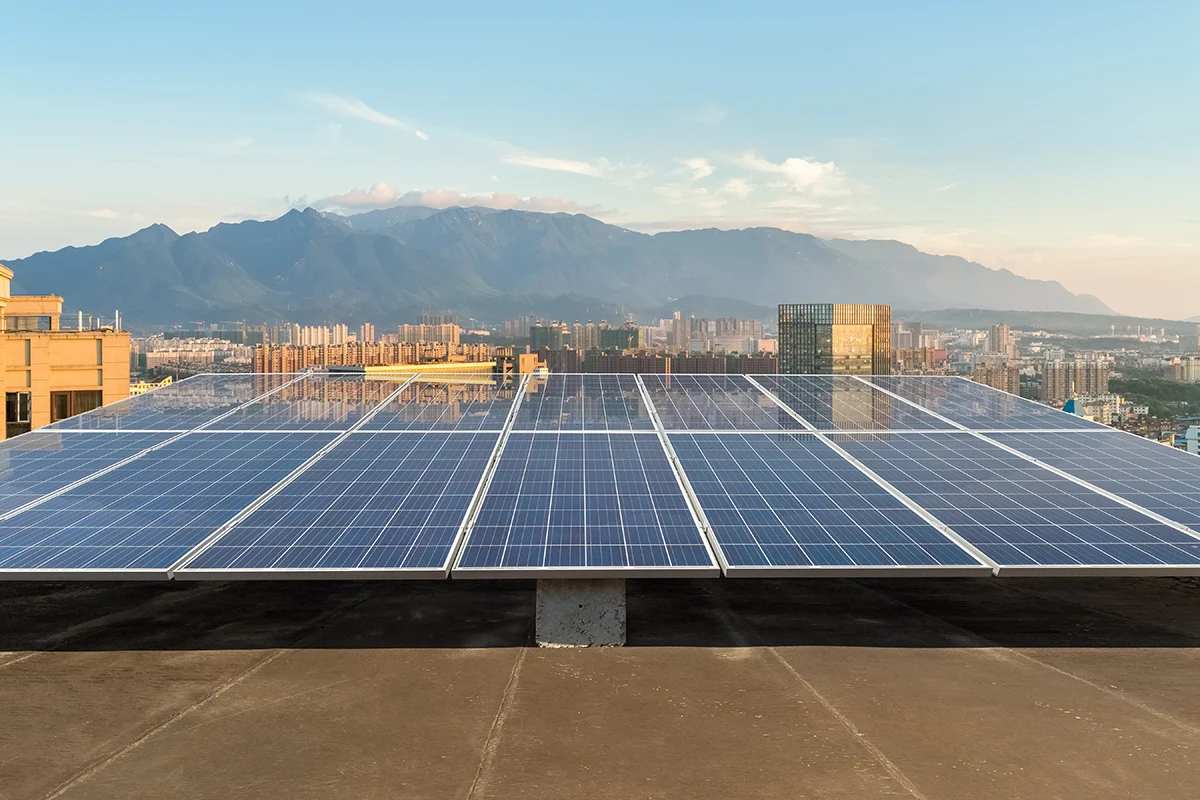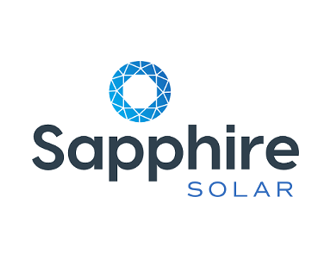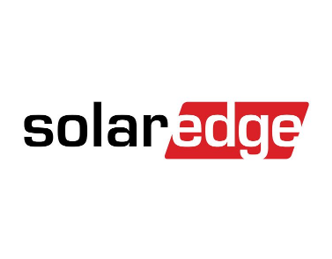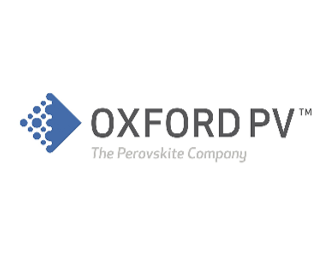123Fab #27
1 topic, 2 key figures, 3 startups to draw inspiration from

In recent years, the solar photovoltaic (PV) market has gained impetus from the rising demand for alternative sources of energy and the decreasing operating costs. Convinced that solar energy is essential to achieve climate neutrality, the ‘Solar Europe Now’ coalition, which brings together 120+ players across Europe, calls for better integration of solar PV into climate and energy policies. Rooftop PV systems, for instance, are an accessible tool for decarbonizing activities (tertiary or industrial) and can be combined with other energy transition projects (storage, biomass, etc.). And you, do you have any plans in the field of solar energy?
As far as solar energy is concerned, two main technologies are used: photovoltaic (PV) and concentrated solar power (CSP). Unlike CSP, which uses the sun’s energy to convert it into high-temperature heat, PV uses sunlight to convert it into electricity. PV has four main applications: residential, utility-scale, commercial & industrial (C&I) and off-grid.
In this newsletter, we will focus exclusively on utility-scale and C&I applications.
Over the years, solar energy has proven to be more beneficial than before. In addition to being a truly renewable energy that can be harnessed in most parts of the world and will be accessible as long as the sun shines, its applications are multiplying. However, it has also been widely criticized:
- It is weather-dependent – solar panels are dependent on sunlight to effectively collect solar energy. As a result, cloudy and rainy days have a noticeable effect on the energy system.
- Solar storage can be expensive – beyond the initial cost of purchasing solar PV systems, which is fairly high, solar energy also requires large storage systems.
- It uses a lot of space – solar PV is a much more land-intensive technology than coal, natural gas or nuclear power. It uses 44 acres per megawatt compared to 12 for the other three sources. However, it is less than wind and hydro, which use 71 and 315 acres respectively.
- The toxic chemicals used – the PV production process requires the use of cadmium and arsenic. While the EU has implemented strict regulations in place for PV recycling, a large number of countries dump their solar panels in landfills, risking toxic chemicals leaking into the soil.
However, a lot of R&D has been carried out to address these issues in recent years. Startups and corporates have developed new technologies that have reduced the cost of PV systems down and maximized their efficiency. Startup solutions are:
- Creating more efficient materials – startups are integrating new materials into solar panels to maximize the solar PV yield. One example is Australian startup Sapphire, which uses nanostructured ‘black silicon’ to prevent light reflection and allow the cells to absorb more light.
- Developing ways to store more energy – Finnish cleantech startup Teraloop developed an alternative model to electrochemical batteries for storing renewable energy: a flywheel. It is designed to store rotational energy efficiently and meet the requirements of industrial players who need a large amount of energy.
- Producing smarter solar trackers – solar panels are often assembled into arrays on a type of mounting system – rooftop-mounted, ground-mounted, wall-mounted or floating. While mounts can be fixed, they can also be dynamic and use solar trackers to make sure panels always face the sun. These tracking systems are increasingly common in utility-scale projects. In the tracker space, US startup Array Technologies has developed DuraTrack Hz, an industry-leading single-axis tracker. Early October, the startup raised over $1 billion in a public offering.
- Manufacturing more reliable inverters – a large amount of the production loss on solar PV systems is often attributable to the poor performance of inverters, responsible for converting and feeding the power into the grid. This can be due to a faulty installation, overheating issues or an isolation fault. US startup Alencon Systems has developed a system based on a patented harmonic neutralization approach, an upgrade from the pulse-with modulation used by PV inverters today.
Beyond efficiency, startups are also addressing sustainability issues. We have recently seen the development of organic photovoltaic (OPV) cells that use thin-film organic semiconductors – typically polymers or small molecules. The EU has also been investing to develop systemic circular business solutions. This is in particular the object of study of the 2 European-funded programs Circusol and Cabriss.
While the PV sector is predominant, the concentrated solar power (CSP) sector is also gaining traction. Heliogen, a startup backed by Bill Gates, raised $39 million in early November to support industrial applications in which PV may not be able to compete: production of cement, steel and petrochemicals, etc.
To conclude, we anticipate solar energy to grow in prominence in the commercial & industrial sectors in the coming years in the EU. Not only thanks to Germany’s sustained deployment but also to emerging growth markets such as France, the Netherlands and Spain as a result of improving policy environments. Essentially, the future of solar energy will be shaped by incumbent lobbying; the speed, quantity and nature of government support and the divestments and investment made.
2 Key Figures
378 solar PV startups
in the world registered by Crunchbase
Market size expected to reach $113bn by 2025
According to MarketsandMarkets, the global photovoltaic market is expected to grow from $76.6 billion in 2020 to $113.1 billion by 2025, at a CAGR of 8.1%.
3 startups to draw inspiration from
This week, we identified three startups that we can draw inspiration from: Sapphire, SolarEdge technologies and Oxford PV.

Sapphire
Sapphire designs and manufactures solar energy systems to make them efficient by using nanostructured “black silicon” to prevent light reflection and allow the cells to absorb more light.

SolarEdge technologies
SolarEdge technologies sells power optimizers, solar inverters and monitoring systems for PV arrays. The products are designed for residential, commercial and utility-scale installations.

Oxford PV
Oxford PV commercializes a new technology for thin-film solar cells using solid-state perovskites, boosting the efficiency of current commercial cells.
